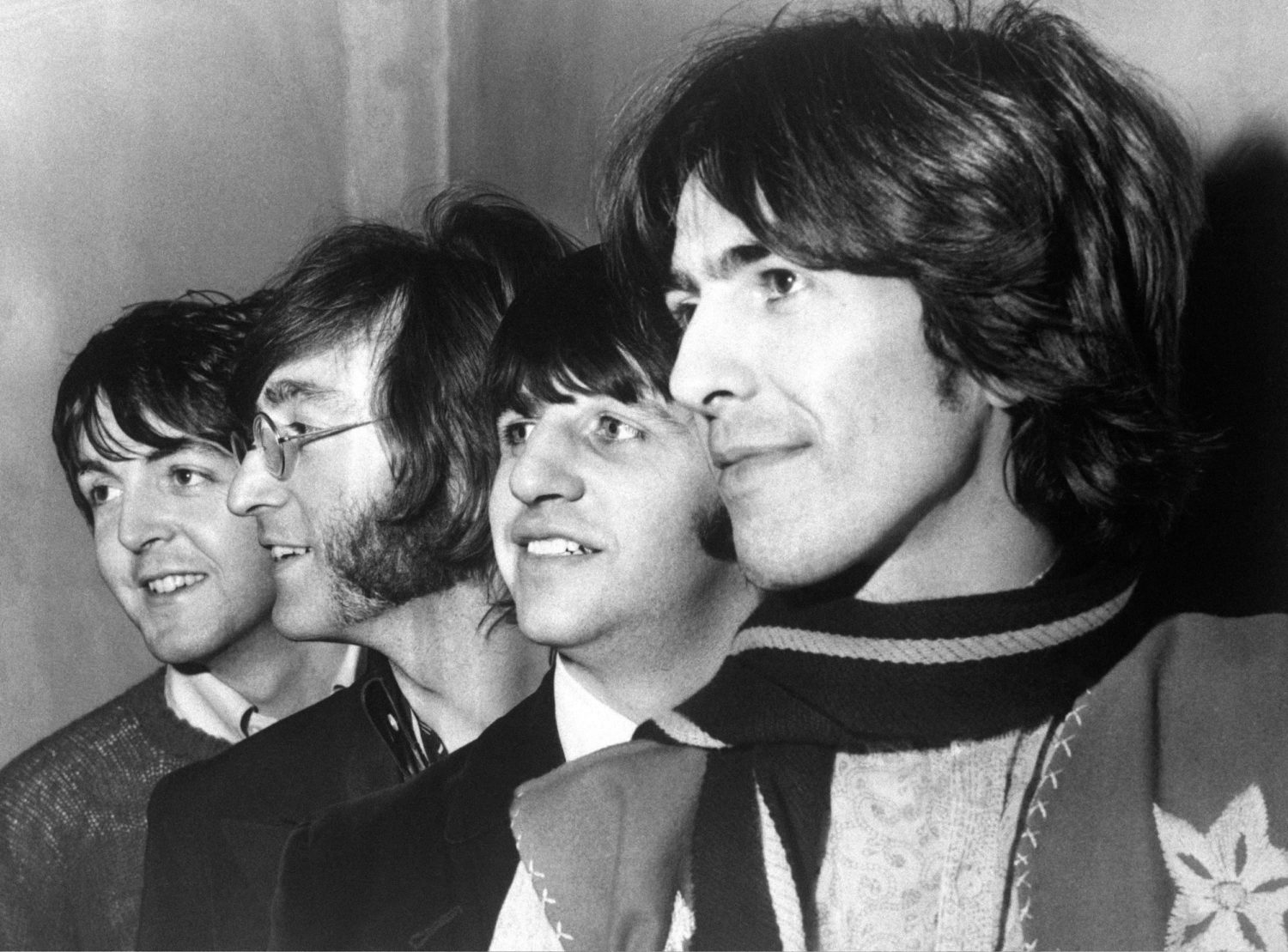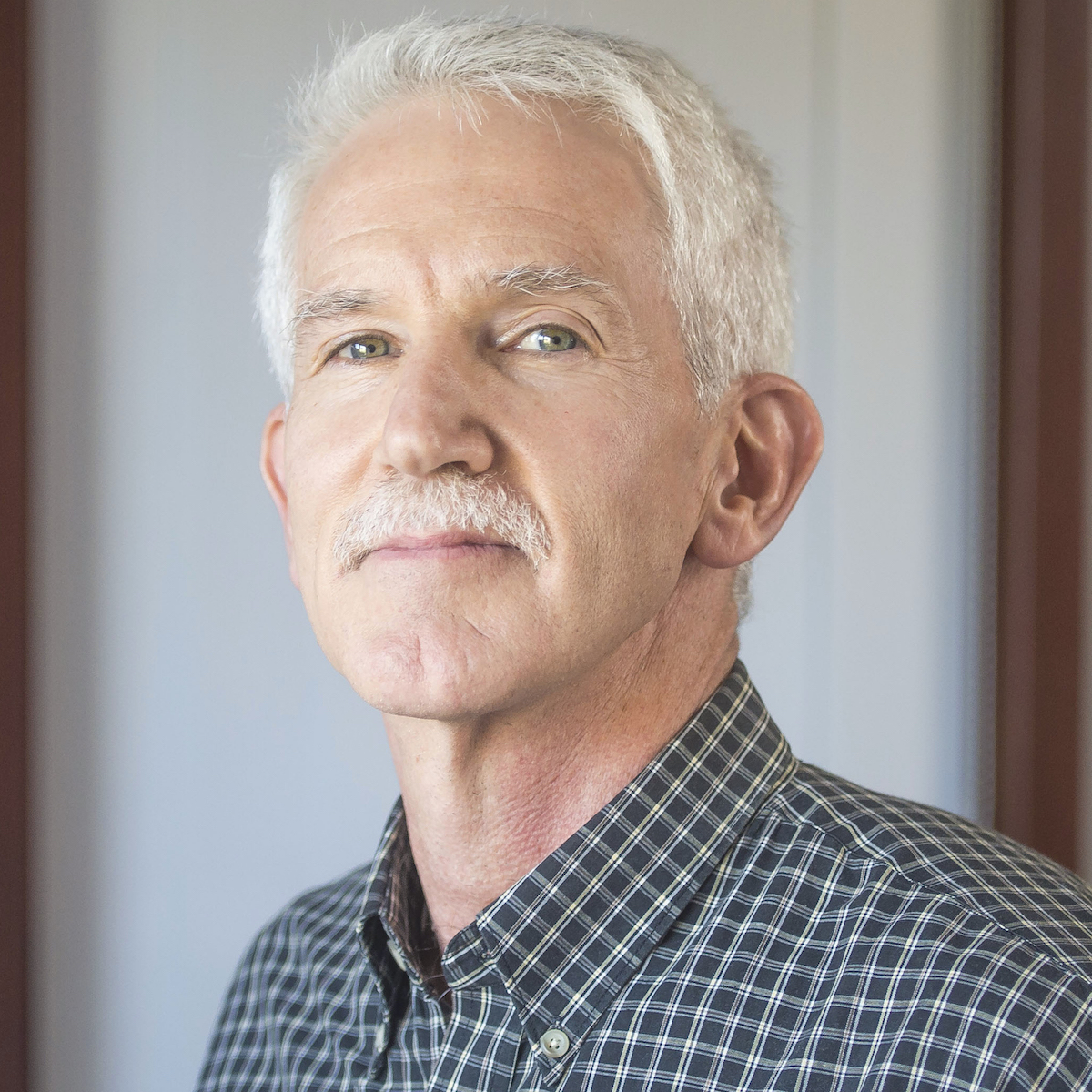For all reporters who have ever wrestled with being as good a writer as they feel they should be, the Beatles “Get Back” documentary could be one of the most encouraging things to come along in quite a while.
Don’t let the marathon length scare you off. You don’t have to watch all seven and half hours of the boys from Liverpool as they drift in and out of practice sessions, bicker, nibble toast and scribble edits on scraps of paper that turn into songs we will always remember. To watch just the first part is to be inspired.
From the very start, the gift of this film is it lets us see how some of the most iconic songs of an era came into being. “The Long and Winding Road,” “Don’t Let Me Down,” “I, Me, Mine.” We know them in their perfect form. Four notes and we recognize them in an instant. Now, as the camera rolls, we get to see how clumsy glorious creation can seem, or maybe, is.
An hour and three minutes into Part One, Paul strums the roughest building blocks of “Get Back”. There’s no Jojo, no loner, no California grass. There are some chords and a driving beat. Ringo and George look on. Paul seems content to mouth random sounds.
“Bye, bye, bah. Gonna be bahh. Woman.”
The closed captioning gives up, offering the generic “Vocalizing Get Back” — a generous interpretation of what we’re hearing. The melody is tantalizing close to what we expect, but at one point, it goes up where the final version goes down.
George lifts his guitar and gets ready to join.
“Yeah, it’s good. It’s, you know, musically and all that, it’s great.”
The defining rhythm becomes clear. A lyric emerges.
“Get back. Get back. Get back to where you once belonged,” Paul sings.
But there’s still no Loretta.
“Buh, buh, thought she was a woman, but she was another man.”
What does this hold for we wretches of print, with our key ideas on Post-It notes and half paragraph jottings that we hope will help us wade through the mass of interviews and reports we’ve collected?
It is proof that even great things began as a jumble. The things we admire were not always so pretty. And when we are in the middle of our own jumble, we can remind ourselves that wading through the disorganization is part of the whole process of creation.
This is the key. The mess of the moment isn’t separate from the final product, it is essential to it. Our organizing brains don’t like disorder, and look disapprovingly on disconnected bits of information or quotes that might or might not make it into our story. We can be impatient in the hunt for clarity. But above our editorial drill sergeants, we should hold on to the insight that the false starts and the polished completion are steps on the same path.







